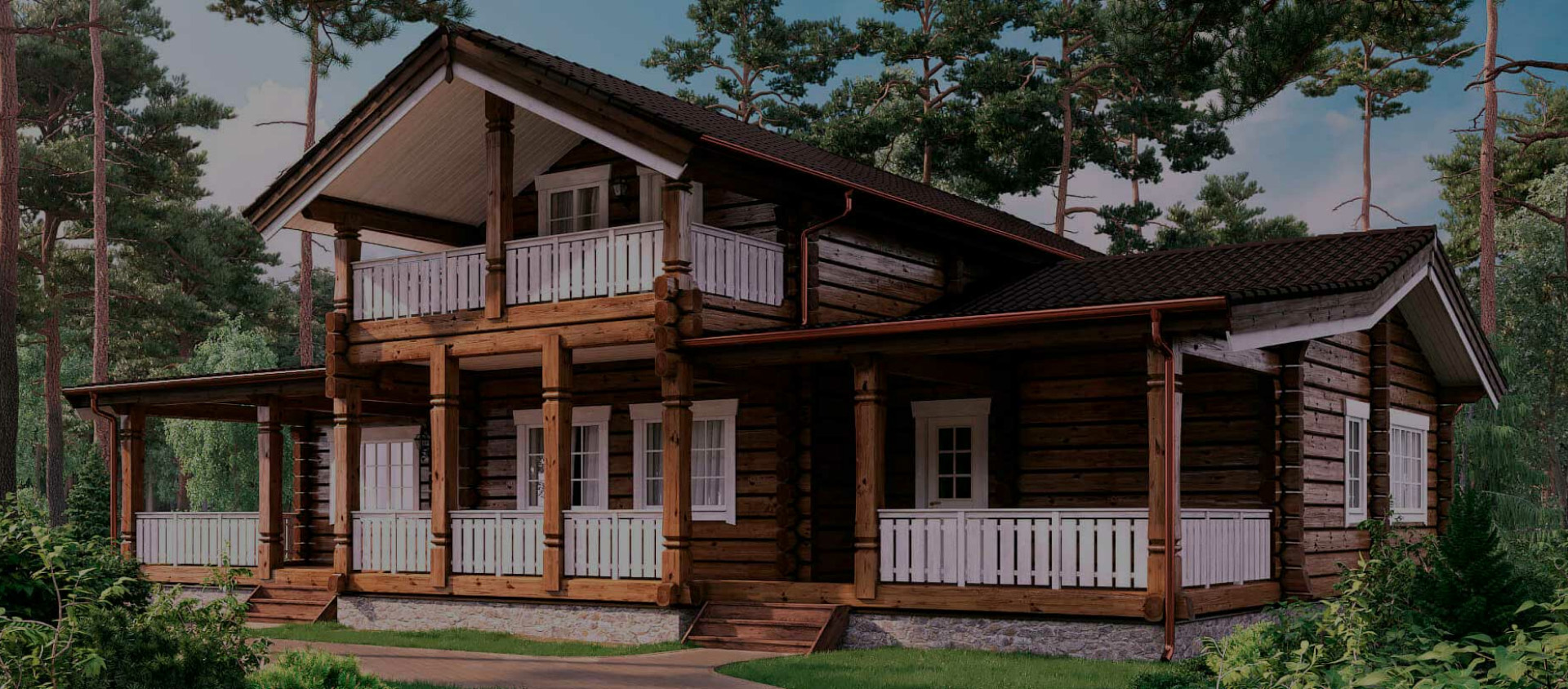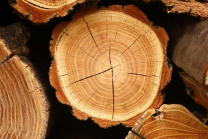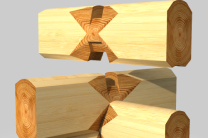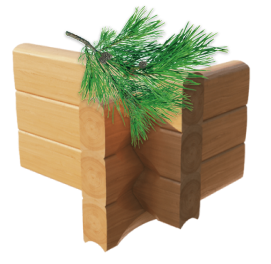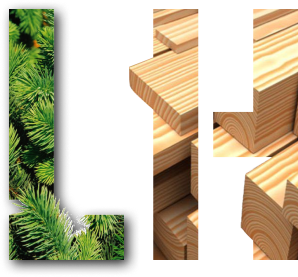We build from a solid array of wood – a dry pine carriage of large cross-section
Pine is a noble, strong building material from the most ancient times. Pine is stronger than other types of wood for compression, bending and chipping. Vikings built their ships – drakkars and knorrs – out of pine and oak.
A beam with a cross section of 200 x 300 mm is used for construction. It’s about the size of an A4 sheet of paper. So you can clearly imagine the massiveness and power of this material.
Pine has the first class of resistance to rot. The pine house has served for 100 years or more. Pine is a very durable wood due to the high content of resin – a natural antiseptic. Pine is a first-class wood according to the shipbuilding classification, hardy and strong. This cannot be said about spruce, for example.
Our timber is solid wood, without glue and splice from boards. There are no layers of glue in the pine massif, which interfere with air exchange and negatively affect the ecology and microclimate inside your home. What can not be said, for example, about glued beams.
Our timber is solid wood, without glue and splice from boards. There are no layers of glue in the pine massif, which interfere with air exchange and negatively affect the ecology and microclimate inside your home. What can not be said, for example, about glued beams.
Without allergies and dust. Allergies and dust will not haunt you and your children because on flat dry timber walls, unlike round log walls, dust accumulates less and is easy to clean.
Without fungus and insect pests. An important advantage of dry wood is its excellent resistance to fungus and insect pests. They are simply not able to exist in wood with a relative humidity below 20%. In addition, sapwood is built in our timber – these are external, living and easily rotting tree cells. Only the core works – strong, solid, consisting of dead cells and resin.
